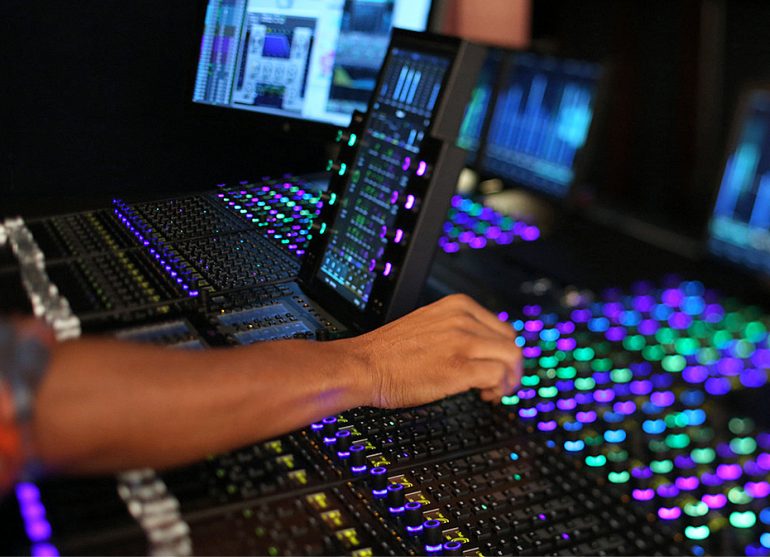Finally you have songs that you want to take to the studio and put them down for all eternity to cherish. As good as they sound to you, now you have to contend with the sound equipment to capture it right (more on how different mics can completely transform your tracking experience in another article). Once all the tracks have been put down to everyone’s satisfaction, comes the job of putting the song together as one composite, beautiful piece. This is where mixing and mastering come in. Depending on the intended use of the songs, you may choose not to go in for the rather expensive process of mastering at all, like when you just want to put together a demo. Understanding what these processes do will help you decide.
Mixing it all up
Simply put, mixing is the process where all the separate audio tracks – drums, vocals, guitars, what have you – are put together. In another sense of the word, an old track is modified (aptly called remixing).
Here you may want to tinker with the levels so that everything sounds like it should without drowning out other tracks. You would also fine-tune the track using equalisers (or EQ), pan the tracks to create a stereo image, and add reverb, compression or other effects to go beyond the original tracks.
It is during the mixing process were you would choose the best takes of each track to include in the final mix.
The end result is something you should be pleased with and feel that everything has come together musically as you envisioned it when you started. Some tips on how to achieve this:
- If mixing more that one song, like when putting together an album, make use that all of them have the same volume level.
- Within the songs, the quiet spots will need to be heightened, and loud spots made softer.
- Each track within a song should have its own distinct imprint. You can uses individual busses for each instrument and vocals to achieve this.
- Add panning to keep the sound interesting and to give it a stereo image.
- Explore plug-ins and effects but be careful not to go overboard with these.
Mastering: Where songs come together
Mastering refers to how each song in a collection (be it album, playlist or another collection) come together to sound the best that they can. This is where the sound is polished and a sparkle added to be ready for manufacture or public consumption. It starts with balancing the tonal balance and levels. A big part of mastering is controlling the dynamic range of each section for the right balance of power and variety. You can also pick how each song ends and the next one begins to create a continuous story with each song working like a chapter. Think of Pink Floyd’s ‘The Wall’ as an example of how the listener can be led through the entire album as one composite piece of work. Think of this as gradual progression where things feel natural to the listener – a soft piece isn’t suddenly followed by a thumping track, and each song gets its own space while being part of a larger whole.
Mastering is also where you would fix any problems that may have stayed on in the mix.
Making the choice
By now it would be clear that much of what mixing does is refined in the mastering process. Though you can try to do the mastering yourself, there are many reasons why this is best left to a professional. Depending on the use of the final mixed track and of course your budget, you may choose not to go in for mastering. If you just need to put out a demo to present to a producer or a label, you may forego mastering all together. However, depending on what quality you want to present, mastering is something you may want to put the track through before anyone else hears it.




